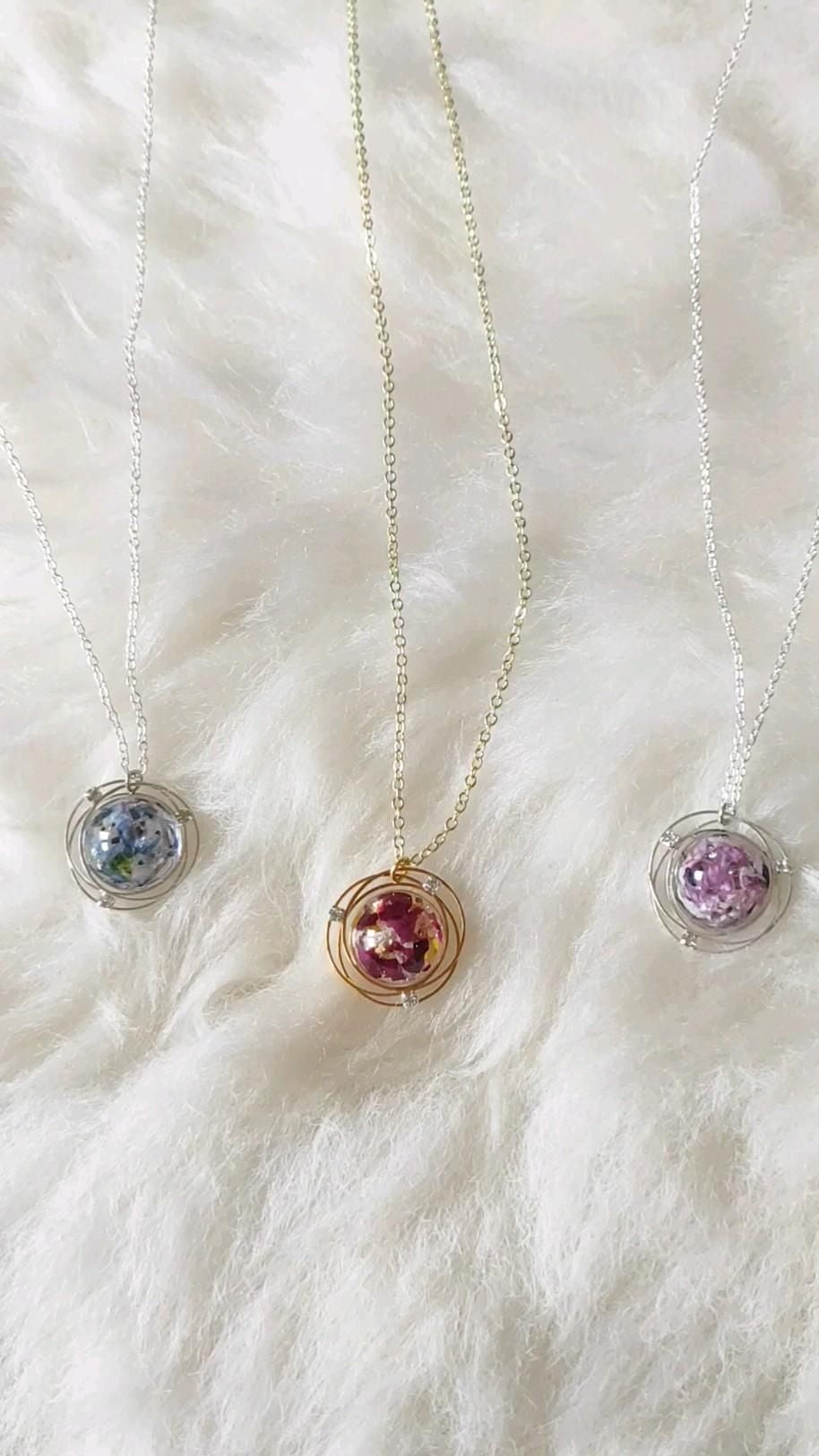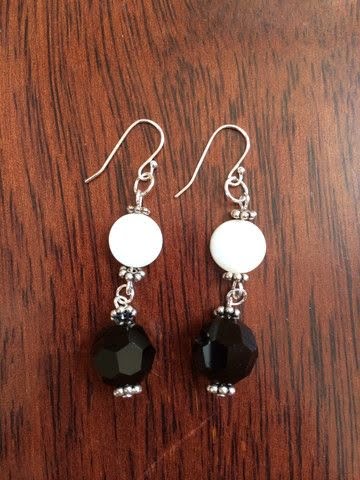Introduction
Jewelry crafted from resin adds a shiny, eye-catching touch to any outfit. Whether you’re crafting earrings or necklaces, bracelets or brooches, adding a few drops of resin into the mix is an easy way to add color and style to your next jewelry project. But with so many types of resin on the market, it can be hard to know which type is right for your jewelry designs. Below are some of the most popular types of resin used in jewelry projects:
Epoxy Resin – Epoxy resins are among the most common materials used in jewelry. They’re strong and durable, making them ideal for use with items like pendants and earrings that will be subjected to more wear and tear. Not only that, but epoxy resins have excellent clarity, meaning they can take on intricate detail without clouding over time.
UV Resin – UV resins are often used as a coating because they create a hard finish that won’t chip easily over time. With UV resin, you don’t need to worry about having a lengthy curing process – it cures almost immediately when exposed to ultraviolet light! Plus, these resins come in a variety of vibrant colors perfect for creating choice pieces of jewelry that are sure to stand out from the rest.
Polyester Resin – Polyester resin is both lightweight and cost effective and provides an impressive glossy finish worthy of any piece of one-of-a-kind jewelry you craft. This type of resin also bonds well with other materials like stones and beads so you can easily incorporate them into your designs too!
Silicone Molds – These flexible molds make any type of detailed design easy without sacrificing accuracy or detail workmanship. Best part? Silicone molds are virtually bubble free which can help prevent air bubbles during casting! Plus they’re easy on budget too which makes them ideal for larger batches or specific items like stunning handmade pendant designs.
There really isn’t one right answer when it comes to choosing the right type of resin for your jewelry projects – rather experiment with different kinds until you find what works best for each individual item! Ultimately, picking up a few essential supplies goes a long way when crafting beautiful pieces of jewelry with resin at home– enjoy experimenting!
Different Types of Resin
Epoxy resin is the most popular type of resin used for jewelry making among beginners and experienced jewelry makers alike and can be used to create pieces with beautiful textures, vibrant colors, and intricate designs. It is relatively inexpensive, cures quickly, and retains a crystal-clear finish when applied correctly. Epoxy resin also results in a strong and lightweight material that is then durable and long-lasting.
If you’re looking for an even easier approach to resin crafting, UV resin is a great option. This type of resin sets instantly under UV light, which means that molding or pourable projects only need to be set for a few minutes instead of final curing often taking over 24 hours with epoxy resin. Additionally, UV liquids are relatively affordable so it’s perfect for beginner crafters.
Along with these two types of resins there are other options such as polyurethane and acrylic resins that can provide unique special effects to your jewelry castings or any other project involving fine details. Polyurethane has very low shrinkage when Castin’ Craft Clear Polyester Casting Resin is used, thus preserving all details perfectly while giving hardness and brilliance at the same time. Acrylic resins offer vibrant color forming possibilities when making colorful jewelry pieces either by paint methods or by mixing pigments into the resin itself right before casting it into the desired shape.
User Considerations
When selecting which type of resin to use for jewelry, there are several user considerations that need to be taken into account. Cost is an important factor; some types of resin can be expensive and difficult to acquire. Availability is another factor, as certain types may not be easy to obtain or may require special order. Sustainability should also be considered – some resins have a more negative environmental impact than others and could create problems with proper waste disposal or recycling. Lastly, clarity can determine which type of resin is most appropriate for certain projects – the ability for certain resins to remain clear or transparent should be a major deciding factor in choosing the right one for the task.
Step-by-Step Process
When working with resin, there can be a lot of different options to choose from. Luckily, choosing the right type of resin for jewelry making is easy! Understanding the basics of what types of resins are available, why they differ and how to work them, will help you make the best decision for your project.
First off, there are two main types of resin – cast resin and epoxy-based resins. Cast resins are generally used at room temperature and do not harden until heated. They are typically cool to the touch when cured and provide a glossy finish. Epoxy-based resins need to be mixed with a hardener before use and generally come in two parts (resin and hardener). The mixture needs enough time to cure completely before it can be used or handled safely. These resins can get very hot when curing, so use caution when using an epoxy-based resin in jewelry projects.
When deciding which type of resin to use for making jewelry, consider your desired results such as clarity, glossiness, rigidity or flexibility — these characteristics often differ based on what type of resin you decide on. You also want to choose a product that is non-toxic and has safe handling instructions printed on the label!
Once you’ve chosen your product, reading up on the specific directions given in its accompanying guide book or manufacturer’s instructions (if provided) will help ensure proper usage allowing you obtain optimal results with minimal mess! To further immerse readers in this process and help walk them through step by step how create their own piece of jewellery out of whatever kind of resin they’ve chosen we recommend including a video tutorial into your project so that readers have access to visuals throughout. Visuals can give a more personal feel as readers may watch someone else go through each step while still being able to understand each step without significant explanation as opposed to merely relying on written text alone – resulting potentially forming an immersive experience that looks good too!
Tips and Tricks
1. The Superette: This is an online platform featuring a series of high-quality resin jewelry making supplies and limited edition resin kits.
2. ArtResin: This website offers complete DIY kits and individual supplies such as specific resins, molds and other liquid handling supplies for resin jewelry crafting.
3. Alumilite Company: Here, you’ll find an extensive collection of specialty and exclusive jewelry resin products perfect for crafting custom jewelry pieces for yourself or to sell.
4. Rio Grande Jewelry Supply: This retailer has all of the essentials for resin jewelry casting, including everything from epoxy resins to pigment pastes and accessories like storage boxes, protective gloves and much more.
5. Creative Resin Jewelry Group: Part of Facebook’s creative artisan network, this vibrant FB group is dedicated to exchanging information & tips on the creative art of resin jewelry making – with over 14K members!
6. Resin Obsession Forum: If you need expert advice or some project inspiration, this online forum has a passionate community of professional jewelers & hobbyists offering insights & real life experiences when it comes to creating artful pieces with resin.
Finishing Touches
When it comes to finishing your jewelry with resin, there are several options available. The most common option is using a casting resin, which is designed to provide a lightweight and durable finish for your piece. Castings resins can be used over many different types of jewelry holders such as rings, bracelets or pendants and can even be used on flat surfaces such as coins or charms. For best results when working with casting resins, try to use a two part resin that includes both the resin and hardener; this helps the finish remain intact longer. Another popular choice is employing a UV Cure Resin which solidifies when exposed to ultraviolet rays. These resins allow for quick curing, but can sometimes produce an overly glossy finish which may need to be toned down depending on your design. Additionally, these products should beventilated during use since the fumes can have adverse health effects. Lastly, epoxy resin has also become quite popular for creating beautiful jewelry pieces since it offers high adhesion properties and low shrinkage upon drying. Epoxy reisn cures relatively quickly at room temperature but you should work in well ventilated areas while using it due to its strong aroma.
Conclusion
When it comes to making jewelry, the type of resin you use is incredibly important. Resin is a versatile material that can be used for both functional and decorative applications in jewellery-making. Depending on the type of resin used, the results will vary drastically in terms of aesthetic appeal and durability. Generally, epoxies and polyurethanes are the two main types of resin used for jewelry fabrication. Epoxies are often called “harder” as they provide a harder finish than polyurethanes, while polyurethanes offer more flexibility than epoxies. Ultimately, whichever type of resin you choose should depend on the desired outcome you’re aiming for with your jewelry project.
In addition to these common resins, there’s also an ever-expanding range of specialised resins that can be used for jewellery-making projects such as UV resin, casting resin and pressure sensitive adhesives (PSA). These specialised resins provide unique finishes and allow you to create intricate designs with ease.
Furthermore, experimenting with other materials or techniques can make all the difference when creating unique pieces like glitters, pigments and beads. Adding these materials during or after curing can create a wonderfully textured item that passes beyond standardisation; perfect for those looking to stand out from the crowd with their handmade jewellery creations!

Welcome to my jewelry blog! My name is Sarah and I am the owner of this blog.
I love making jewelry and sharing my creations with others.
So whether you’re someone who loves wearing jewelry yourself or simply enjoys learning about it, be sure to check out my blog for insightful posts on everything related to this exciting topic!





